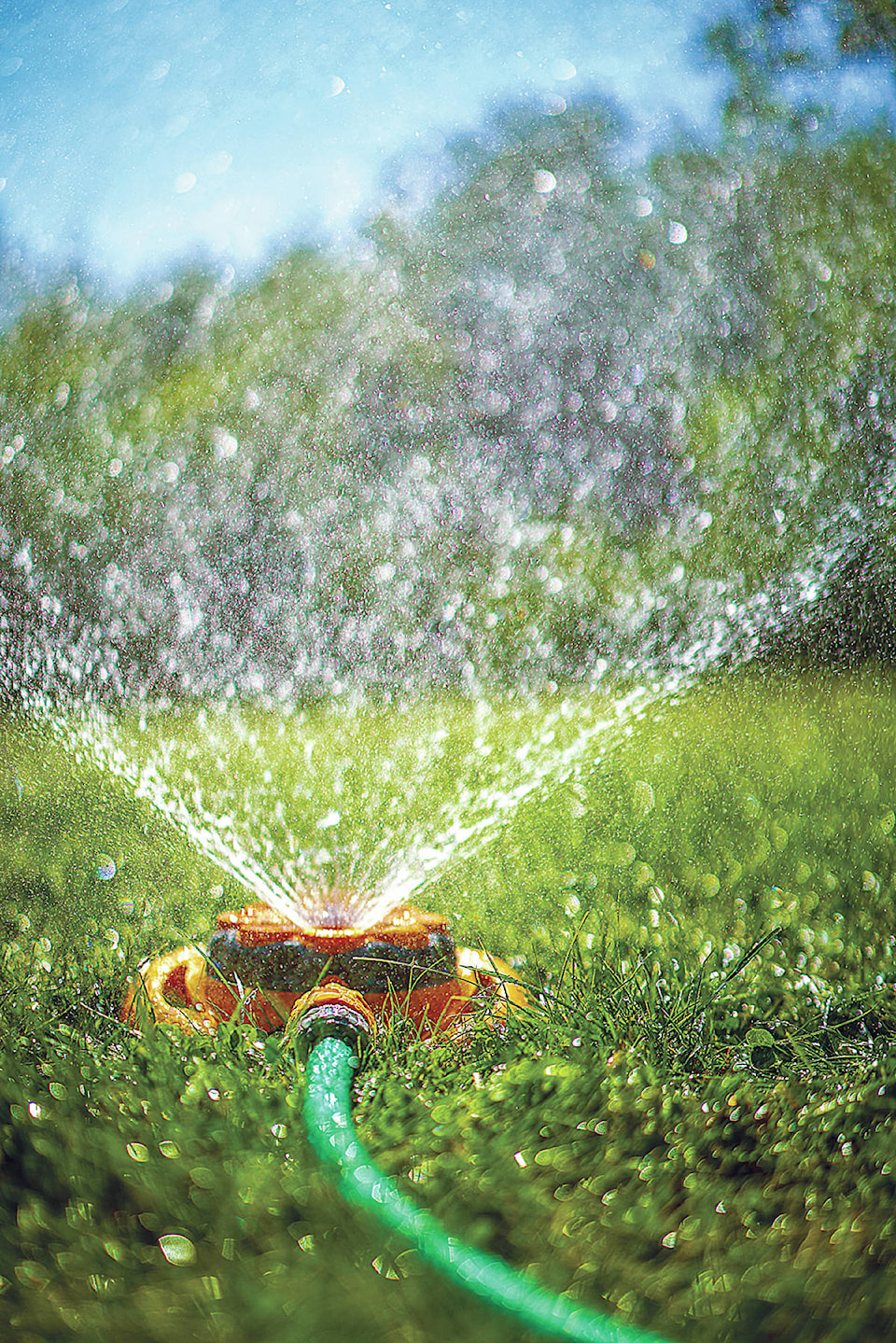The 2020 District of Barriere Annual Water Report was presented to mayor and council at the May 3, 2021, regular council meeting. The report gives an itemized overview of the system, water storage, pumping, capacity, upgrades and future planing.
Barriere’s potable water system is supplied by a system of two wells, one being constructed during the 1990s, the second as recent as 2019. Both wells are located in the northeast area of the community, adjacent to the Barriere River. Two deep wells are located at the north end of Spruce Crescent, and a third production well, is located on Bradford Road.
The report notes, “The well water is injected with a chlorine solution at the pump stations such that it contains an approximate free residual chlorine concentration of 0.5mg/L adjacent to the pump stations and has been measured to 0.3 mg/L at the more remote parts of the system. In terms of Interior Health Authority requirements, this treatment is considered to be satisfactory in a ground water source that is not under the influence of surface water, as these types of supply are given credit for filtration.”
Barriere also has two reservoir storage tanks. The north reservoir has a storage capacity of 406,560 US gallons and is located at the north end of the community adjacent to Barriere Lakes Road and has a free water level of 451 meters, with the reservoir connecting to the rest of the system at the intersection of Lodgepole Road and Barriere Lakes Road.
The south reservoir tank has a storage capacity of 343,200 USG, and is located at the south end of the community near the top of Mountain Road and also has a free water level of 451 meters. This reservoir connects with the rest of the system at Mountain Road.
Barriere’s water-main system involves approximately 24,750 meters of joined water-main.
The report notes that the water system has been undergoing upgrades to ensure that water quality is safe for consumption. It notes the first upgrades to the system took place from 1966 onwards when the pipes were made of asbestos cement.
Beginning in the 1980’s the pipes began to be upgraded to PVC pipes due to the potential health risks of leakage from decaying asbestos/cement pipes. The PVC pipes range in diameter from 100 mm to 350 mm and provide potable water to approximately 780 residential and 75 commercial service connections in Barriere.
The report notes that several sections of pipe within the municipality’s water supply system are undersized, which limits flows and negatively impacts fire protection and pressures in certain parts of the water-main network. Upgrades to piping have taken place at the high school intersection along to Bradford Road, and from Barriere Town Road to Spruce Crescent.
The report acknowledges city hall received numerous complaints in 2020, stating, “In respect to the quality of water being provided, which is a result of elevated minerals in the groundwater source. The wells have elevated iron and manganese levels, which once combined with chlorine create a brownish precipitate that showed up throughout the distribution system, therefore creating an aesthetically unpleasing water quality. Although the water was still safe for human consumption, the District of Barriere along with the Interior Health authority (IHA), continued maintaining the water quality advisory (WQA) that was implemented in 2019.”
The 2019 water quality advisory is still in effect as of May 2021.
Potential system upgrades noted in the report include a biological water treatment plant, and upgrading the water-main on Barriere Town Road.
In regards to water protection, Barriere currently has a wellhead protection plan in place to ensure a consistent effort is being made to protect it’s groundwater production wells. The wellhead protection plan assesses risks and makes recommendations with respect to source water protection. The plan notes that risks to production wells from activities within and outside the capture zone is low.
The municipality has implemented a property covenant on all surrounding resident homes which prohibits the use of fertilizers and pesticides. Barriere is also undertaking a study of the systems deep wells at the Spruce Crescent site to determine potential influences that could take place due to the nearby Barriere River.
An interesting graph in the report shows how water consumption on the system has changed since 2013 when it showed usage that year at 172,664,965 USG. The following year it was reduced to 141,532,585 USG, 122,206,199 USG in 2016, 158,865,845 USG in 2017, 145,826,200 USG in 2018, 119,537,215 in 2019, and 82,478,189 in 2020. During 2019 and 2020 water restrictions were in force and continue into the current year.
Barriere also has a small water system in the Louis Creek Industrial Park which serves only the businesses which are located in the industrial park, along with one residential homeowner. This water system started production on June 1, 2020, and consists of a 50-gpm production well, and a pump house where disinfection occurs, with no back up power available. There is a non-potable storage reservoir which is located on the east side of the industrial park.
The 2020 District of Barriere Annual Water Report has been submitted to Interior Health and will be posted on the District of Barriere website at: https://www.barriere.ca then scroll down to Public Works.
___________________
Like us on Facebook
